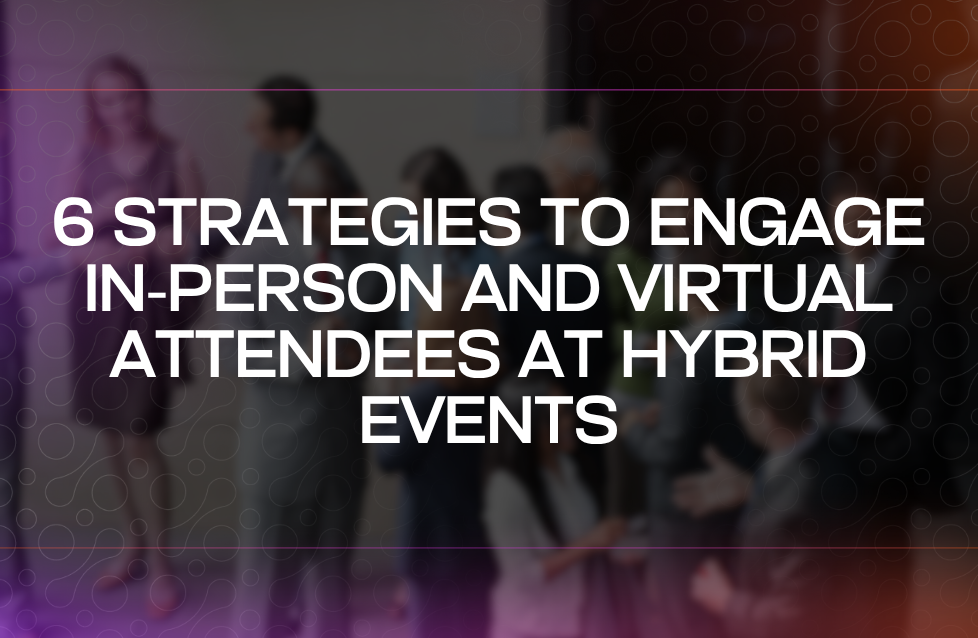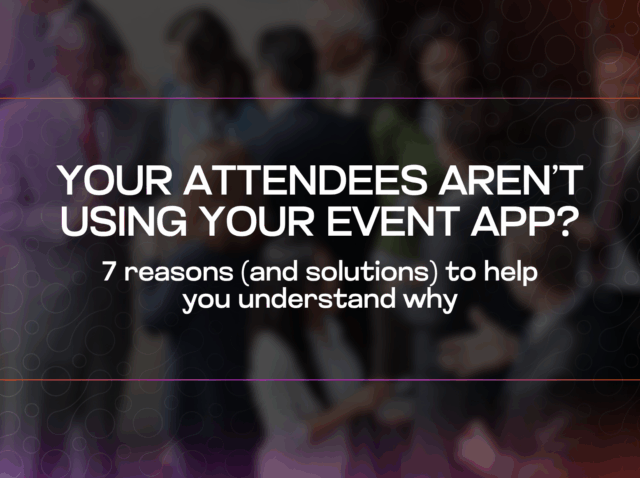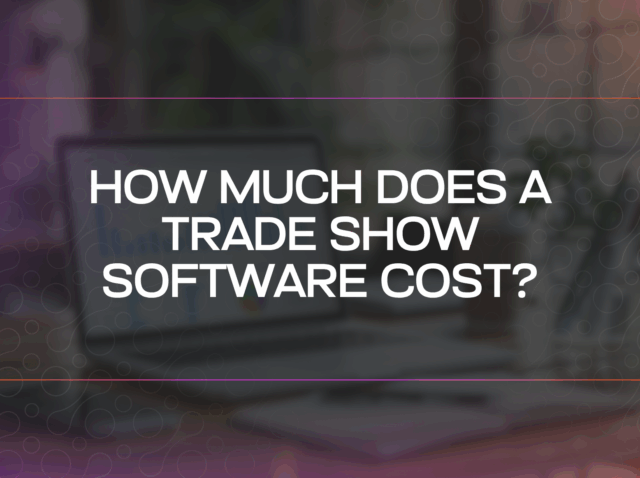How can organizers market their hybrid events to stand out and attract both in-person and virtual attendees?
Hybrid events challenge organizers to engage in-person participants without alienating those attending virtually, while also competing for the attention of a remote audience in an increasingly saturated market.
The key is to frame marketing activities in terms of the unique benefits of each option, rather than why one is better than the other.
Ideally, an event’s marketing efforts should align seamlessly with its hybrid format. Therefore, the campaign leading up to the event should emphasize:
- The flexibility and accessibility offered by virtual participation;
- The immersive experience available to in-person attendees;
- Opportunities for two-way interaction between in-person and remote participants.
Here are six strategies to achieve these goals.
1. Host a Preview Event to Familiarize Attendees with the Virtual Platform
One advantage of the online component is the ability to engage attendees before the event.
For example, a live-streamed teaser can allow potential participants to preview event content while demonstrating the interactivity and engagement features of your platform. This gives virtual attendees the chance to explore the online format in advance, and even in-person participants have an incentive to familiarize themselves with the platform before arriving.
2. Offer Audio-Only Content to Reduce “Zoom Fatigue”
Virtual participants may experience Zoom fatigue, feeling drained not only from being watched but also from watching others on screen. Some may prefer audio-only engagement.
While it’s still advisable to offer video content and interactive features like Q&A sessions, some sessions can be designed to function like podcasts. Online engagement is all about choice: participants can switch between minimal focus (listening to background audio) and maximum engagement (live polls and comment threads).
3. Position Smaller In-Person Events as Exclusive Experiences
When marketing the live experience, organizers should emphasize the unique, valuable experience that makes in-person attendance worthwhile.
Potential attendees might perceive small events as limited, wondering about networking opportunities compared to large gatherings. In reality, smaller crowds create unique experiences that drive ticket sales and attract the attention of remote participants. Focus on designing the event to highlight luxury, novelty, or exclusivity.
4. Leverage the Venue to Enhance the In-Person Experience
Since participants can tune in from anywhere in the world virtually, organizers need to highlight the physical venue.
To promote in-person attendance, consider hosting an influencer or special pre-event guest at the venue.
For example, Meschida Philip, director of the 1261 Film Festival, explained in an interview with Hybrid Event Revolution how she staged one of her hybrid festival concerts next to a waterfall—a setting not possible for large audiences. Memorable experiences like this attract both in-person and virtual attendees.
5. Use Hybrid Interaction to Reassure Potential Attendees
Event marketing should also highlight interaction between live and virtual audiences.
Joe Schwinger, founder of MeetingPlay, suggested creating an “ambassador” system: in-person participants are paired with remote attendees. Acting as influencers, these in-person ambassadors share highlights of the event and answer questions from their remote groups.
6. Build a Social Media Community for Continuous Engagement
Social media strategies should be long-term: dedicated event pages, Facebook groups, active hashtags, Instagram behind-the-scenes content, and featuring speakers, influencers, and highly engaged community members.
Creating a social media community around the event and its brand provides an audience for future iterations, spin-offs, and ongoing engagement. Professionally designed social posts generate online buzz while reinforcing the event brand. Ideally, in-person and virtual attendees should interact online before the event begins.
In conclusion, hybrid events are both a marketing challenge and an opportunity for innovation, creating unique advantages for organizers.
The goal is not just to optimize each format individually, but to maximize how they work together. Platforms like LetzFair can help achieve this by integrating and enhancing physical events with dedicated online tools designed to engage both in-person and virtual attendees.







